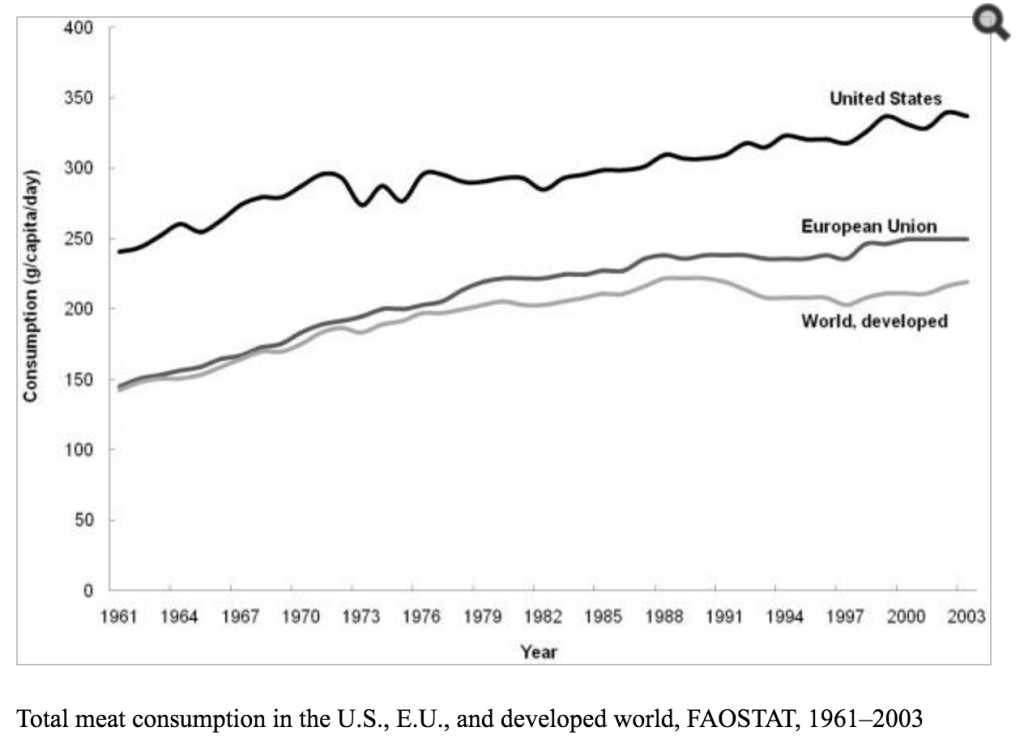Unsurprisingly, Pig for Pikin pivots around pigs. But why in the pursue of contributing to the development of local communities, we opted to do so? The short answer is: because this is what the Lower Fungom people asked for. We will tell you the whole story of the development of this idea in a blog post soon. Now let us just consider the many good reasons for a community development project in Cameroon to target pigs as the key asset.
“Pigs require little initial investment; they are prolific and are good feed to meat converters compared to other livestock such as cattle. Pigs produce meat (pork) without contributing to the degradation of grazing lands and pork is particularly suitable for processing. Further, pork provides a more varied diet for the farm family and pigs are one of the few livestock animals where nearly all parts of the animal can be consumed by the farm family and/or sold.” – Dietze, Klaas 2011. Pigs for Prosperity. FAO diversification booklet no. 15.
“Increasing demand, a shorter life cycle with higher return rates and advantageous feed efficiency are key reasons for the steady development of pig production in developing countries.” – FAO 2012. Pig Sector Kenya. FAO Animal Production and Health Livestock Country Reviews no. 3
3 months, 3 weeks and 3 days: this is the time needed for a sow to farrow, that is, to give birth to her piglets. About 1 month after farrowing, the sow can get pregnant again. The average litter size is 10-12 piglets, which will be weaned 3-5 weeks after birth. In less than one year a pig of the breed the Lower Fungom people have chosen (that is, Large White) will weigh more than 100kg. In short: raising pigs can really represent an important economic opportunity for small-scale farmers.
I know: talking about pigs just as source of meat may sound cruel to many. Both in Europe and the US, vegetarianism and a general awareness of animals’ right to live is on the rise (while these have been central to Indian culture for millennia). But this is our own story, not Cameroon’s, and the latter is our only concern here.
Cameroon is experiencing a phase of steady economic growth. Besides GDP, also historical series of data such as the number of cellular phones per 100 people and livestock production can give us an idea in this regard.
Although they tell a rather complex story, all these data imply one conclusion: middle class is growing within Cameroonian society. And what is one of the first changes in the habits of someone who gets a bit wealthier than before? Consuming meat, of course. We westerners should know it as this is what happened to us in the second half of the 20th century.

Through this project we are not promoting meat consumption, but just connecting a poor rural area to a country-internal economic cycle. We believe this is just market and sustainable development. Without paternalism and our own society’s moral.
